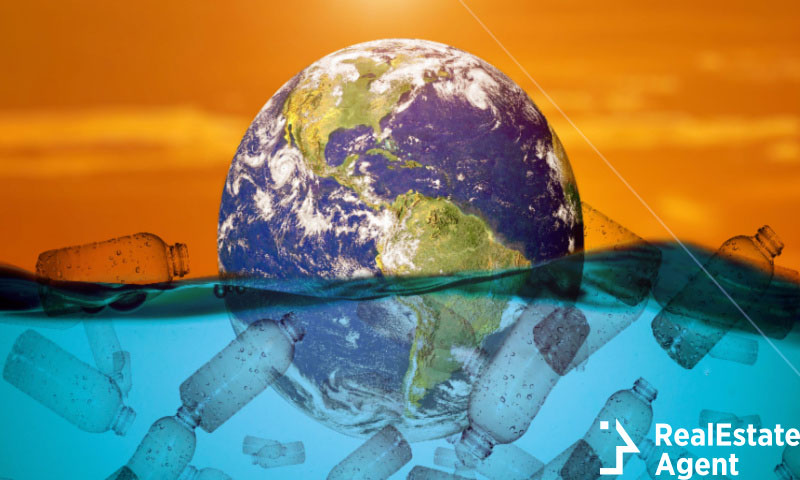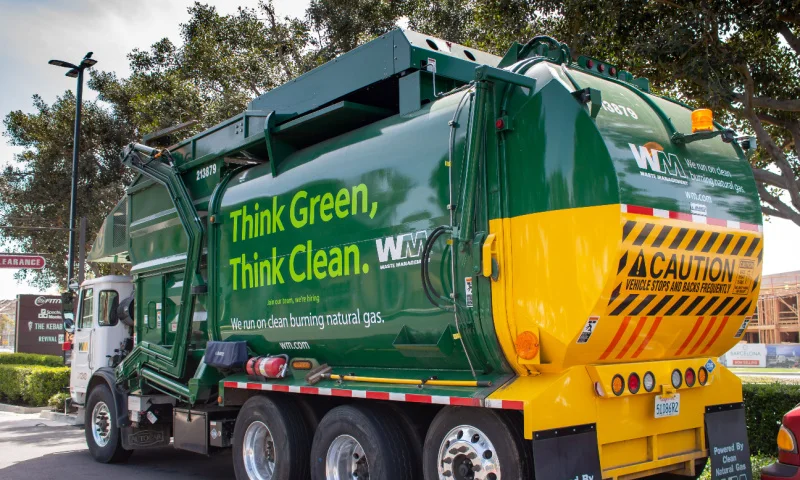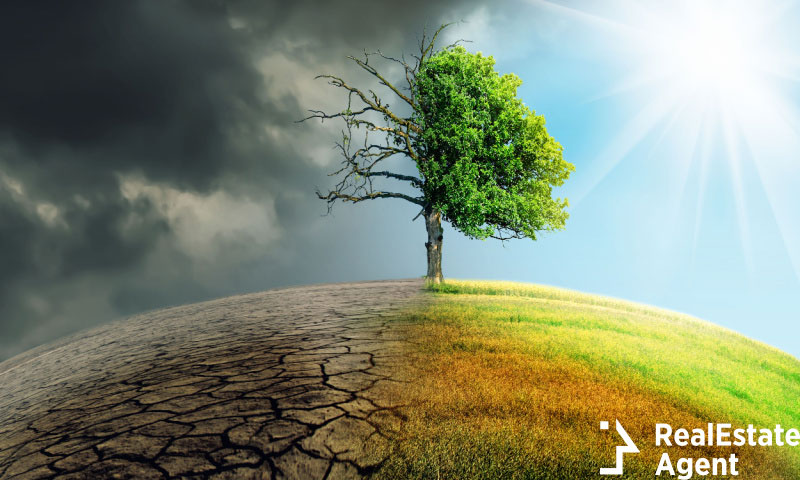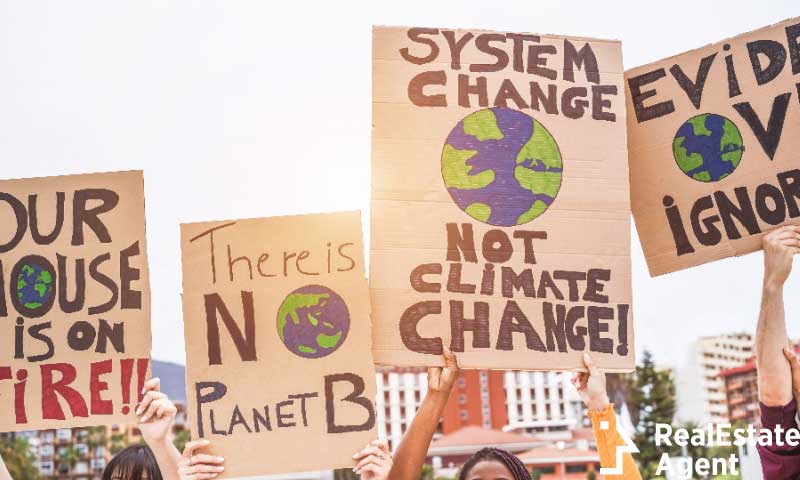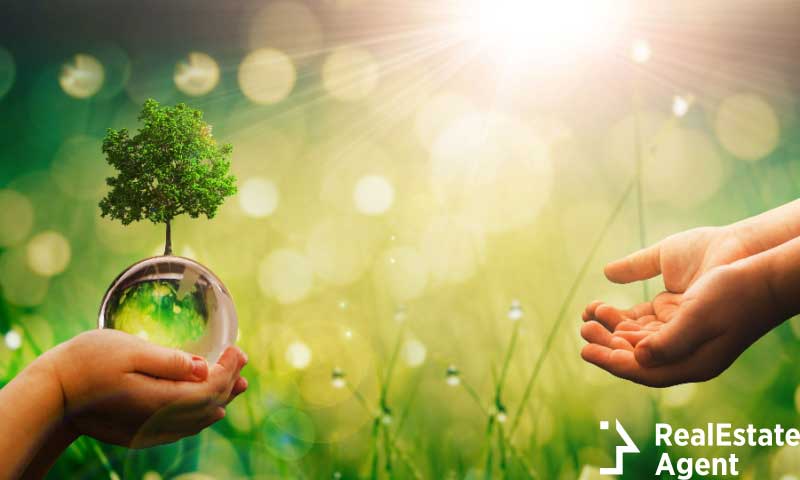As we look down on our incredibly beautiful planet from space, we can see vast oceans that cover around 70% of the planet’s surface. It’s no surprise we collectively began referring to Earth as the blue planet. Most of it is blue. Blue is also what we see as we look up from the ground towards the sky during the day, but even at night, you can not say that the sky is black, but a deep midnight blue. So, we’re the blue planet.
This little oasis of a planet is one of a kind in our solar system. It is the only one that can sustain life and we came into existence due to the incredible circumstances that made it so that planet Earth can sustain life. We are but a blip in the planet’s history, a passing moment because the planet’s life far exceeds our meek existence on it. Yet, somehow, even if we are but a grain of sand in Earth’s history, we managed to do so much harm to it that we may come to make this unbelievable ecosystem that made it possible for life to exist, be unable to sustain life anymore.
The impact our lifestyle and existence have on the planet is so damaging that we, as a species, have the power to destroy this incredible ecosystem. If you’re doubtful of this, take a look at everything that we created throughout our existence on Earth. Throughout this article, we’ll only focus on plastics, humanity’s most damaging invention.
What is Plastic?
Plastics are man-made materials that can be used in a variety of ways due to their flexibility in application. While plastics can be fully synthetic or semi-synthetic, they all have polymer as their main ingredients which come from fossil fuels-based chemicals (natural gas and petroleum). The material’s flexibility makes it possible to mold them into virtually anything, from thin, flowy, and light clothing fabric to hard and incredibly durable components.
Because plastics are so easy to manipulate, mold, and adapt, they became widely popular. The fact that plastics can be made to be durable, lightweight, flexible, and, most importantly, inexpensive, the use of plastics spread very fast. Since the discovery that plastics are incredibly polluting to the environment, research has been underway to develop renewable variants that can replace the polymer-based with cotton or corn derivates.
When plastics wind up in the environment, it degrades over time and transforms into microplastics, but more on that later. What’s important to know is that not all polymer-derived plastics are the same, so let’s see the differences and figure out what we can do with them.
The Different Types of Plastics
Everywhere you look, whether you are aware of it or not, there’s plastic. In the keys beneath your fingers, in the clothes you wear, in your kitchen utensils and cookware, and even in your household appliances, cars, home, and food. Plastics are, quite literally, everywhere. The reason is that due to the incredible flexibility of these materials, they can be used for anything and everything. They just make life easier and our comfort levels higher. You don’t have to be a billionaire to have access to plastic-based products because it’s easy to make. But the different types of plastics can be found in different types of products as they have different characteristics and unique properties. Some might sound familiar or you might know them by their abbreviations. Additionally, you will see some numbers in brackets before each type of plastic. Those numbers represent the category of plastic that each belongs to. Only numbers [1] and [2] are 100% recyclable but you’ll find more on the recyclability of plastic further below.
[1] Polyethylene Terephthalate (PETE or PET)
The easiest to recognize and common for the average plastic consumer is polyethylene terephthalate or simply PET. While most people are familiar with this type of plastic, it is only the fourth most produced synthetic plastic. It is a thermoplastic resin from the polyester family and is highly resistant to organic materials. As the most recyclable type of plastic, we use it in, you guessed it, plastic bottles, but also clothing fibers, food containers, glass fiber, carbon nanotubes, and many others. The material is shatterproof and despite its lightweight, it has a surprising strength.
[1] Polyethylene (PE)
By far the most common plastic on earth, there are varying densities of polyethylene, giving it the widest array of applicability. The different types of density give the end products different properties:
[4] Low-Density Polyethylene (LDPE)
Used in shopping bags, clear food containers, plastic bags, disposable packaging, etc. It can be recycled sometimes.
[7] Medium-Density Polyethylene (MDPE)
Used in gas pipes, carrier bags, shrink film, screw closures, etc
[2] High-Density Polyethylene (HDPE)
Used for sewer and water pipes, plastic bottles, boats, snowboards, or folding chairs. It can be recycled.
[7] Ultra High Molecular Weight Polyethylene (UHMWPE)
As it is more abrasion resistant than HDPE, it’s ideal for military body armor, medical applications for hip, knee, and spine biomaterial implants, artificial ice skating rinks, and hydraulic seals and bearings.
[3] Polyvinyl Chloride (PVC)
The second most easy-to-recognize plastic is the third-most produced type and is unfortunately 100% non-recyclable. Also a synthetic plastic polymer, PVC can either be incredibly rigid or flexible, making it great to blend with other materials. The flexible variant, also known as expanded PVC sheets is suitable for store displays, kiosks, and exhibits as a foamed polyvinyl chloride material. The soft and flexible PVC includes additional phthalates making it suitable also for electrical cable insulation, plumbing, medical tubing, and clothing. The incredibly rigid variant you’ll be familiar with from doors and impact-resistant windows, but other building materials, bottles, or other non-food packaging.
[5] Polypropylene (PP)
Due to its flexibility and incredible durability, polypropylene is the second-most widely produced plastic across the world. While polypropylene is stronger than polyethylene, its flexibility does not diminish. Used under immense stress it does not crack, but it has other properties that make it ideal for high-stress usability. Aside from flexibility, polypropylene is durable, heat resistant, acid resistance, and cheap to make, making it ideal for laboratory equipment, medical devices, masks, automative parts, food containers, etc. The amount of polypropylene pollution increased exponentially during the COVID pandemic due to poor disposal practices. It can be recycled sometimes.
[6] Polystyrene
Polystyrene plastics are used to create styrofoam. This type of plastic grew immensely in popularity during the COVID pandemic due to all the at-home food deliveries. You are probably familiar with it as it is usually white and comes with your favorite food in it. Common uses for styrofoam are coffee cups, coolers, and to-go food containers, but also are those small peanut-shaped styrofoam balls used for filling up a packaging container.
[7] Acrylic or Polymethyl Methacrylate (PMMA)
All you visually impaired viewers may unknowingly use this type of plastic daily as it is a transparent thermoplastic used in glasses due to its lightweight and shatter-resistant properties that make it a great alternative to glass. Other applications include acrylic plexiglass or mirrors. While it is transparent, it can be colored as well as fluorescent. Other properties of this material that you might be familiar with are its scratch-resistance, UV-tolerance, anti-static (TV screens), and bullet-resistant.
[7] Polycarbonate (PC)
This transparent polycarbonate plastic is as clear as glass but two hundred and fifty times stronger than it. Polycarbonate is also thirty times stronger than acrylic making it ideal for police riot gear. However, due to the fact that it’s easy to work with either when heated or cold, cut or molded, it can be maneuvered on-site without pre-forming or pre-fabrication, ideal for greenhouses.
[7] Acrylonitrile-Butadiene-Styrene (ABS)
Manufactured from the combination of polymerized styrene and acrylonitrile added to polybutadiene, ABS is glossy, robust, flexible, impact-resistant, and highly processable. The thickness of the material can vary between 200 microns and 5 millimeters, while the maximum width stops at 1600 millimeters. The automotive and refrigeration industries use ABS plastic sheeting due to its low manufacturing cost, but it is also used in boxes, protective headgear, gauges, luggage, and children’s toys.
Is Plastic Destroying the Planet?
Since plastic was first discovered in 1869, humans produced well over 8.3 billion tons of plastics. From that, over half of it wound up directly into landfills after one use. While recycling has been the main topic when it comes to dealing with plastic pollution, only about 9% of all the plastics ever created were actually recycled, so it’s safe to say that recycling isn’t an option for plastics. But the reason why recycling isn’t a viable alternative isn’t that we can not organize such a big recycling effort, but because even if we do, we can not actually recycle all of it. Less than 10% of the plastics we manufacture are recyclable.
Everything else becomes waste from which 12% is incinerated. The rest, which is most of it, winds up in the planetary ocean. In fact, it has been estimated that between 4.8 and 12.7 million metric tons of plastic wind up in the ocean every year.
You’d think that with that level of pollution, we would wise up and figure out alternatives. Over 4 billion tons of plastics were produced between 2004 and now in 2020, for example, we produced over 400 million tons of new plastics. If this demand and dutiful provision of supply continues, scientists estimate that by 2050 the annual production of plastics will exceed 1,100 million tons.
So why do we keep hearing about recycling when such a small amount of plastics can be recycled? Well, without getting into a political or economical debate, seeing as the main ingredient in plastics is fossil fuels, is that question even necessary?
Plastic Recyclability
If you take a look at the statistics, across the US during 2018, around 8.7% of the plastic waste was recycled as most recycling programs only accept two types of plastics. Those are PET and HDPE, represented by the number 1 and 2 encircled by the recycling symbol found on any plastic container. When we covered the different types of plastics, there were some numbers before each type that tells us the type of plastic and its recyclability. You can take a second look at them and see how often you can find the numbers 1 and 2. The rest of them are generally unrecyclable, and the few exceptions don’t greatly affect the amount of plastics we can reuse.
All of this means that if we only look at 2018, the rest 91.3% of plastic waste generated in the US was not recycled. Still, did you know that plastics that were made in 1869 are probably still out there somewhere seeing as plastics need between 20 and 500 years to degrade in the environment? But seeing as that negative impact on the planet isn’t what makes people pay attention, we also looked at the negative impact it has on human health. After all, if we don’t understand how it can literally kill us, we won’t think twice about buying that plastic bag, straw, and the gazillion iPhone every single year.
What are Microplastics?
The simplest explanation for microplastics is that they are small pieces of plastics that are degraded in the environment over the years. While some plastics take 20 years to degrade and others can take up to 500 years, as we mentioned above, they never completely degrade. Meaning that even after they are destroyed by environmental impact, they still remain in the form of microplastics. These are small pieces of plastic smaller than five millimeters long and as small as our blood cells. These are the plastics that cause the biggest amount of harm to our environment, living organisms, and humans as they are easily ingested and barely distinguishable to the naked eye.
So far, not a whole lot is known about the effects of microplastics but it is known that they come from a wide variety of sources. Aside from larger pieces of plastics that are slowly degraded into smaller and smaller pieces, microbeads are another type of microplastics. These microbeads are incredibly small pieces of polyethylene plastic used in cosmetics and health products as exfoliants, cleansers, and toothpaste. Microbeads have been banned from cosmetics and personal care products in the US by President Obama in 2015 and similar legislation was passed in EU countries as well. Still, they are still those remaining in the environment and the microplastics that result from degrading plastics.
Due to their extreme persistence, they are incredibly difficult to eliminate from the environment or, indeed, the organism that has been contaminated by them. As they are often combined with chemicals or pathogens from the environment, studies show that they pose a high risk to the organisms in which they accumulate leading to reduced feeding, poisoning, and death.
Conclusion
Our world, as beautiful as it may be, has slowly been transformed into a truly frightening place by us. It’s safe to say that the planet we are now living on is not the planet our grandparents enjoyed and we are reaping the benefits that former generations dumped on us. It’s no wonder there is such a big divide between Millennials and Gen Z’ers who are so enraged with Boomers and the Silent Generation. Even if we overlook the severe financial disparity between these age groups and the financial possibilities they had that we no longer have. Our planet is slowly dying and we are the ones that will either have to fix it, if it still can be fixed, or find a new home for the generations that will follow us. This is an incredibly hard pill to swallow and it is why grandchildren are less inclined to thank their grandparents or give their parents grandchildren of their own.
Policymakers need to pay attention, act, and stop deliberating the economy, or better said, the financial benefits the fossil fuel industry and their own pockets get from fossil fuels and take a second look at this incredibly beautiful Blue Planet that their children and their grandchildren will continue to live on. All their money will mean nothing if their bodies are infested with plastics and the air will become unbreathable due to pollution. It’s time to reconsider their policies and stop thinking of individual benefits. With scientists becoming activists and climate activism rising on a daily basis, we are the generation, all of us – Millenials, Gen Z’ers, Boomers Gen X, and the Silent Generation – are the ones that have to do something about our planet, because, unless Elon Musk can teleport us all tomorrow to another planet, this Blue Rock is the only home we’ll ever know.
Like & Share this article, not because the topic is hot right now, but because this subject is the only one that will make a difference to all humanity. We all need a clean planet to survive and we can’t have a clean planet as long as fossil fuels are a part of our economy. That’s poison and there’s no sugarcoating it. It’s thick, it’s toxic, it’s choking everything and oozes disease and death. Just like the Ukrainians are saying, it’s blood. However, on a global level, any investment in fossil fuels is paid for with the blood of humankind. Let us know in the comments below what your opinions are on this topic.

